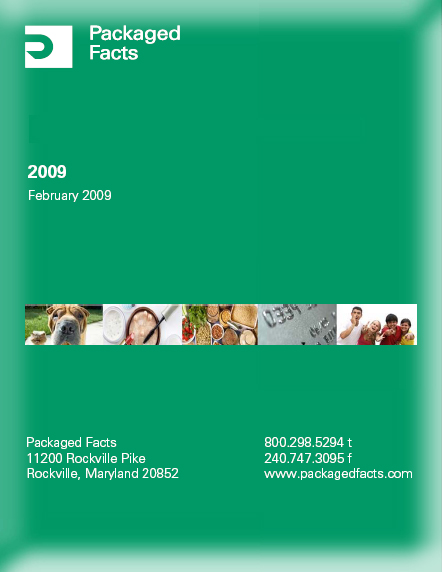Foodnavigatorusa.com
by Mike Stones, 27-Aug-2010
Chocolate products are smashing through the recessionary gloom in the US with sales expected to top $19bn within four years, according to the latest report from research group Packaged Facts.
Its report, Chocolate Market in the US: Trends and Opportunities in Premium, Gourmet and Mass Chocolate Products, predicts that sales will rise by an average of 3 percent each year until 2014 when sales will exceed $19bn, up 10.4 percent from sales of $17.3bn achieved last year.
The report attributes last year’s record breaking growth to the 75 percent of Americans who have bought chocolate products since 2008.
Affordable indulgence
Another driver was rises in manufacturers’ prices which were tolerated by consumers who regard chocolate as an affordable indulgence. “When times get tough and household budgets turn frugal, spending a few dollars on a good bar of chocolate becomes a terrific way to leverage a piece of indulgence,” states the report’s Executive Summary.
Rising global demand for chocolate is said to reflect its versatility with uses in a range of sectors from confectionery, beverage and restaurant to hospitality and personal care.
A leading growth trend is identified as the demand for premium chocolate; particularly as the economy recovers.
The other high performing market segment is expected to be the healthy chocolate trend, featuring “better-for-you” ingredients such as lavender and blueberry.
Don Montuori, publisher of Packaged Facts, highlighted the role of innovation: “For many chocolate-loving Americans, it’s more about the experience than it is about mere consumption. To meet this demand, premium chocolatiers are setting off on culinary adventures, discovering new layers of flavor and textures by experimenting with umami flavors or developing products to match consumers’ moods.”
The US chocolate market is mature but innovation still plays an important role. “It’s a market that isn’t afraid to innovate, whether that means using savory influences such as
bacon and cheese or ethnic flavors such as curry and chipotle,” said Montuori. “This bold creativity effectively provides chocolate products that satisfy diverse consumer palates at reasonable prices.”
Social networks
Another growing trend identified by the report is the potential of online social networks as vehicles of influence comparable to conventional media channels. “Chocolate manufactures must provide this cohort with confectionery products featuring fresh, seasonal and natural ingredients and out-of-this-world flavor combinations, such as those developed by the beverage and restaurant trades,” according to the report.
In addition to market mapping and prediction, the report analyses how major chocolate manufacturers are structuring their new product development and marketing initiatives.
Detailed consumer profiles of key demographics, including analysis by gender, race/ethnicity, and household composition are also provided.
More>>
 The expansion of same-sex marriage and other forms of civil unions over the past decade is triggering an increase in the visible numbers of gay and lesbian family households and consequently an expanding market space for consumer goods and services of all kinds.
The expansion of same-sex marriage and other forms of civil unions over the past decade is triggering an increase in the visible numbers of gay and lesbian family households and consequently an expanding market space for consumer goods and services of all kinds.




